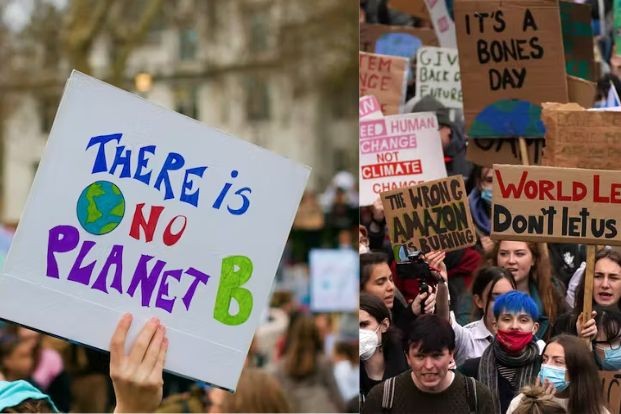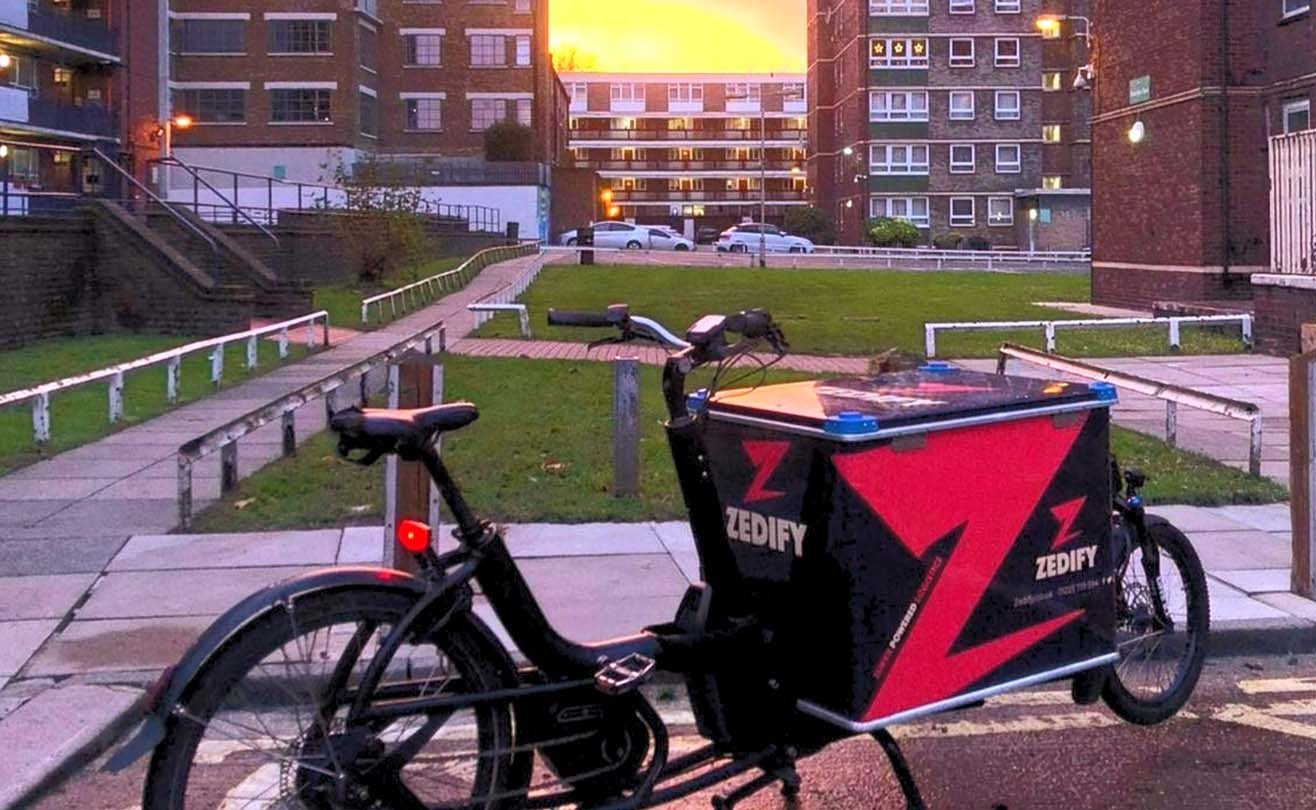
TheImpactofDieselVehiclesonUrbanEnvironments–andHowtoCreateChange
 May 31st, 2023
May 31st, 2023 Harriet Hird
Harriet Hird 6 minute read
6 minute readIntroduction
Due to their fuel efficiency and powerful engines, diesel vehicles have long been a preferred form of transportation. However, metropolitan environments are negatively impacted by these vehicles.
Diesel fuel combustion emits dangerous pollutants into the air, adding to air pollution and posing health risks to city dwellers. Diesel cars also significantly increase greenhouse gas emissions, aggravating the problem of climate change.
The Negative Impact of Diesel Vehicles on Urban Environments
Particularly in terms of environmental pollution, consequences on inhabitants’ health, and contribution to climate change, diesel vehicles have a substantial detrimental impact on urban surroundings.
First off, burning diesel fuel emits dangerous pollutants into the atmosphere, such as sulfur dioxide (SO2), nitrogen oxides (NOx), and particulate matter (PM). These pollutants can lead to the development of smog and acid rain, as well as respiratory issues including asthma and lung cancer.
It’s also very well known that diesel pollutants have a negative impact on local residents’ health. According to a World Health Organization (WHO) study, breathing in diesel pollutants increases the risk of developing heart disease, stroke, and lung cancer. The elderly and children are particularly susceptible to these negative health impacts.
The emissions of greenhouse gases, which contribute to climate change, are significantly increased by diesel automobiles. The Environmental Protection Agency (EPA) claims that transportation is the main cause of greenhouse gas emissions in the US, and that diesel cars account for a sizeable portion of these emissions. In order to lessen the effects of climate change, then, we really must reduce the use of diesel vehicles in urban areas.
Current Regulations on Diesel Vehicles in Urban Environments
There are current regulations on diesel vehicles in urban areas that aim to reduce their negative impact on the environment and public health. However, there are also limitations to these regulations.
Implementing low-emission zones (LEZs), which limit access for high-emission vehicles, particularly diesel cars, to specific parts of the city, is one prevalent policy. Around the world, LEZs have been established in a number of cities, including London and Paris. There are other emissions regulations for diesel cars, such as the Euro standards in Europe and the Tier regulations in the US.
There are certain restrictions even though these measures have had some success in lowering diesel emissions. The difficulty of implementing these laws, especially for older diesel vehicles that don’t satisfy emissions limits, is one restriction. The whole impact of diesel automobiles on urban settings may not be covered by current laws, and they might not be successful in bringing emissions down to acceptable levels.
How to Create Change and Reduce the Impact of Diesel Vehicles in Urban Environments
There are several ways to create change and reduce the impact of diesel vehicles in urban environments. Here are some solutions:
Alternative modes of transportation such as public transportation and electric vehicles:
Promoting alternate forms of transportation is one efficient strategy to lessen the impact of diesel automobiles on metropolitan areas. Public transit, including buses and trains, can lessen the number of cars on the road and give city dwellers a more environmentally friendly way to get around. In addition, because electric vehicles emit no pollutants, they provide a cleaner option than diesel automobiles. Governments can encourage the adoption of electric vehicles by providing incentives to electric vehicle owners, such as tax cuts.
The role of individuals in reducing their own diesel vehicle usage:
The influence of diesel automobiles on urban surroundings can also be lessened by individuals. They can cut down on their personal use of diesel vehicles by taking short journeys via carpooling, bicycling, or walking. Additionally, people can buy electric or hybrid cars to lower their own emissions.
Policy changes that could reduce diesel vehicle usage in urban environments:
Governments can make changes to their policies to encourage a decline in the use of diesel vehicles in metropolitan areas. Congestion charges, which charge automobiles to access congested regions of the city, are one beneficial policy adjustment. This motivates people to take alternate forms of transportation or refrain from driving during rush hour. Governments can also invest in renewable energy and infrastructure, provide more bike lanes and pedestrian walkways, and finance public transportation.
Creating Awareness Using Social Media Through Videos
Social media has the ability to reach a larger audience and spread awareness of crucial topics, including the harm caused by diesel automobiles to urban areas. In addition to reaching a larger audience than conventional forms of advertising, making videos and sharing them on these platforms can help spread awareness about the detrimental effects of diesel vehicles on urban settings. Videos can also show the effects of diesel vehicles on urban surroundings and highlight solutions and diesel vehicle substitutes.
Examples of successful social media campaigns using videos to raise awareness about environmental issues:
There have been several successful social media campaigns that have used videos to raise awareness about environmental issues, including the #TrashTagChallenge, the #ClimateStrike movement, and the #StopAdani campaign.
When creating videos to raise awareness about the impact of diesel vehicles on urban environments, the following should be considered:
- Keep the video short and engaging.
- Use visuals and storytelling to convey the message effectively.
- Use data and statistics to back up the message.
- Include a clear call to action at the end of the video.
- Share the video on social media platforms and encourage others to share it as well.
- Use video compressor to ensure quality will not be lost when uploaded.
Conclusion
The negative impact of diesel vehicles on urban environments is a pressing issue that requires immediate action. It is essential that we take steps to reduce emissions and improve air quality in our cities. By promoting alternative modes of transportation, individual actions, and policy changes, we can work towards creating a cleaner and healthier future for urban environments. Raising awareness through social media campaigns and videos can also play a significant role in creating change and encouraging individuals to take action.
Let us work together towards a sustainable future where urban environments are healthy and thriving for generations to come.
—
This article was kindly written by our guest author, Ronie Salazar.
Ronie is from VEED. He is a passionate content marketer with a wealth of knowledge in the online space. His curiosity and enthusiasm led to the development of a constantly expanding portfolio that includes anything from video editing services to publishing his original creations on top-notch websites.




